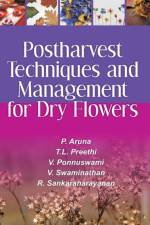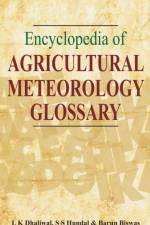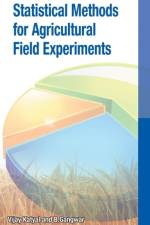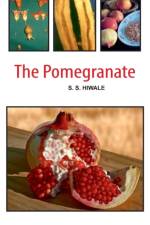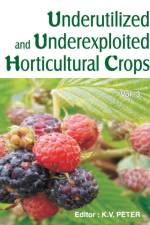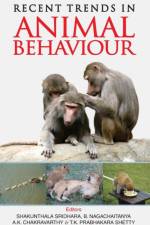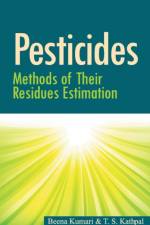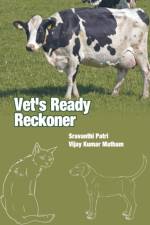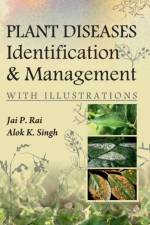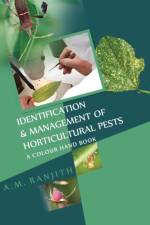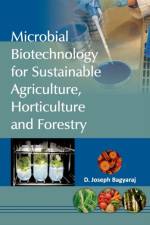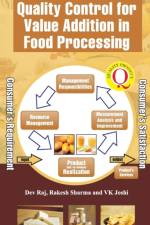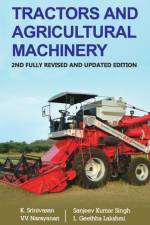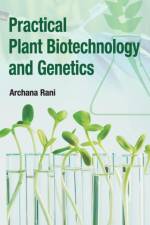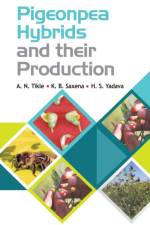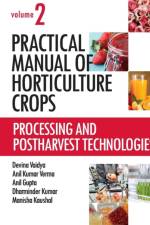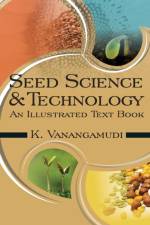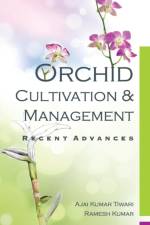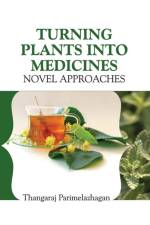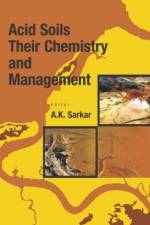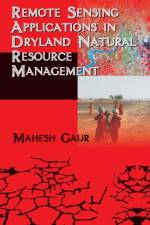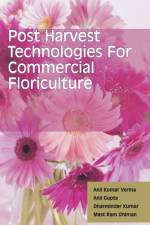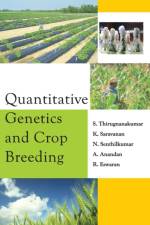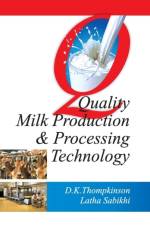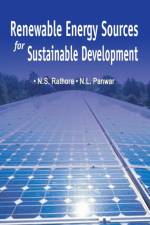av K.V. Peter
1 725
The series Underutilized and Underexploited Horticultural Crops are reviewed in several science journals for its uniqueness and richness in content and botanical information. Enlarging the food base and food basket along with validated information on plants for industry, dyes, timber, energy and medicine is the core theme of the series. The third volume has 25 s written by 46 scientists from UK, Mexico, Spain, India, USA, Turkey and Nigeria. The crops covered are atuna, African de bolita, capers and caper plants, kair, natural dye plants, plants used for dye sources, underutilized wild edible fruits of Kerala, bael, carambola, tropical plum, citrus, fig, guava, star gooseberry, hog-plum, underutilized leaf vegetables of sub-Himalayan terai region, underutilized vegetables of Tripura, agathi and chekkurmanis, celosia, colocasia, edible begonias, kangkong, underutilized palms, Atuna and African de bolita are new crops to Indian readeNatural dyes are attaining significant commercial importance in view of the negative effects of synthetic dyes which are allergic and in a few cases carcinogenic. Underutilized fruits like bael, carambola, tropical plum, fig, star gooseberry and hog-plum are receiving attention in view of their wider adaptability and suitability to grow under conditions of stress. Underexploited leaf vegetables like agathi, chekkurmanis, celosia, edible begonias and kangkong have been given prominence. Prof.Ghillean T Prance, FRS has contributed the on Atuna.

